
Italy, 1950. The country was recovering from the Second World War, chasing scarce funds with positive energy and imagination. Though unaware of it, many were building the foundations of what, within ten years, would become the Italian economic boom, propelling the country to new wealth. Yet very few could dream of a car, and even the wealthy couldn't run to the equivalent of what they drove before the war. Gone were the big eight-cylinder cars, such as the Fiat 2.8 or Lancia Astura; even Alfa Romeo's 6C 2500 - the only large car resurrected after the conflict - was replaced that year by the much smaller four-cylinder Alfa 1900.
Also in 1950, and over in Turin, Fiat launched its new flagship, the 1400, half the size of its pre-war range-topper. Fiat's medium car had since 1937 been the 1100, evolved in several series to become the 'E' version in 1949. It wore a new face but still sported a separate chassis and the same 1089cc four-cylinder engine, made just slightly more powerful thanks to a new carburettor. Its most important technical novelty was a hydraulic brake system, and its method of construction still lent itself to coachbuilding.
Independent coachbuilders had to reinvent themselves, moving from one-off concepts to a more productive approach, manufacturing special versions such as convertibles or coupés in small series. Some were doing very well indeed, with names such as Pinin Farina and including Bertone flourishing; others, Stabilimenti Farina and Carrozzeria Castagna, found themselves unable to adapt and would soon become a memory. Farina closed in 1953 and Castagna followed in 1954.
Esta historia es de la edición February 2023 de Octane.
Comience su prueba gratuita de Magzter GOLD de 7 días para acceder a miles de historias premium seleccionadas y a más de 9,000 revistas y periódicos.
Ya eres suscriptor ? Conectar
Esta historia es de la edición February 2023 de Octane.
Comience su prueba gratuita de Magzter GOLD de 7 días para acceder a miles de historias premium seleccionadas y a más de 9,000 revistas y periódicos.
Ya eres suscriptor? Conectar

The Pro route to faster lap times
Mercedes-AMG GT 63 Pro 4Matic+

The power to corrupt
2024 Aston Martin Vanquish

Hyperactivate!
1967 Austin-Cooper MkII 998 by Crafted Classics Tuning Glen Waddington
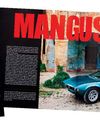
De Tomaso Racing Blue Blood
IF THE MARQUE De Tomaso is mainly familiar to you through cars such as the Mangusta, the Pantera, maybe the Longchamps and, if you're next-level classic car geek, racers such as the P70, then the sheer variety to be found in this mammoth tome is going to come as something of a shock. There are literally dozens profiled here, and one or two will probably be news to even the most seasoned enthusiast.
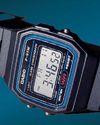
The best watch in the world
We've been here, but it bears repeating these gems will soon be cheaper than a 1st class stamp
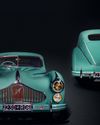
A star is reborn
This recently revived coachbuilt beauty made the final four at the Pebble Beach concours in August
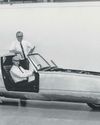
REINVENTING THE WHEEL
The gyroscopically stabilised Gyro-X blurred the line between reality and science fiction. Sam Glover takes the prototype for a spin
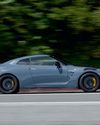
SAYONARA GT-R
After a remarkable 17-year career, the supercar-humbling Nissan GT-R bows out on a high

Shiro Nakamura
Nissan’s long-standing Chief Creative Officer became architect of the marque’s style-led revival… and is also known as ‘Mr GT-R’

LIGHT SPARKS
How does the electric Tesla Roadster compare today?